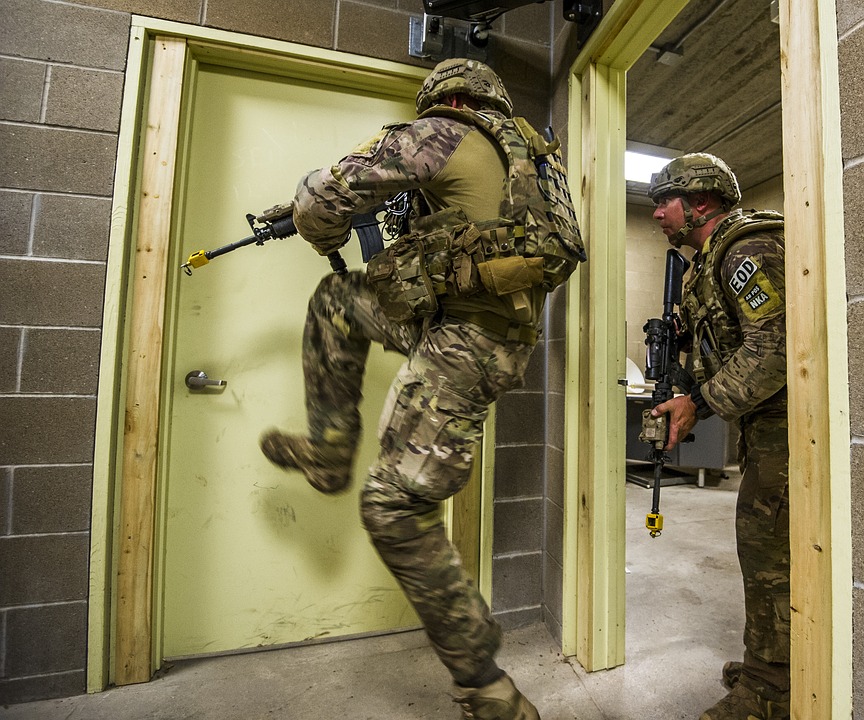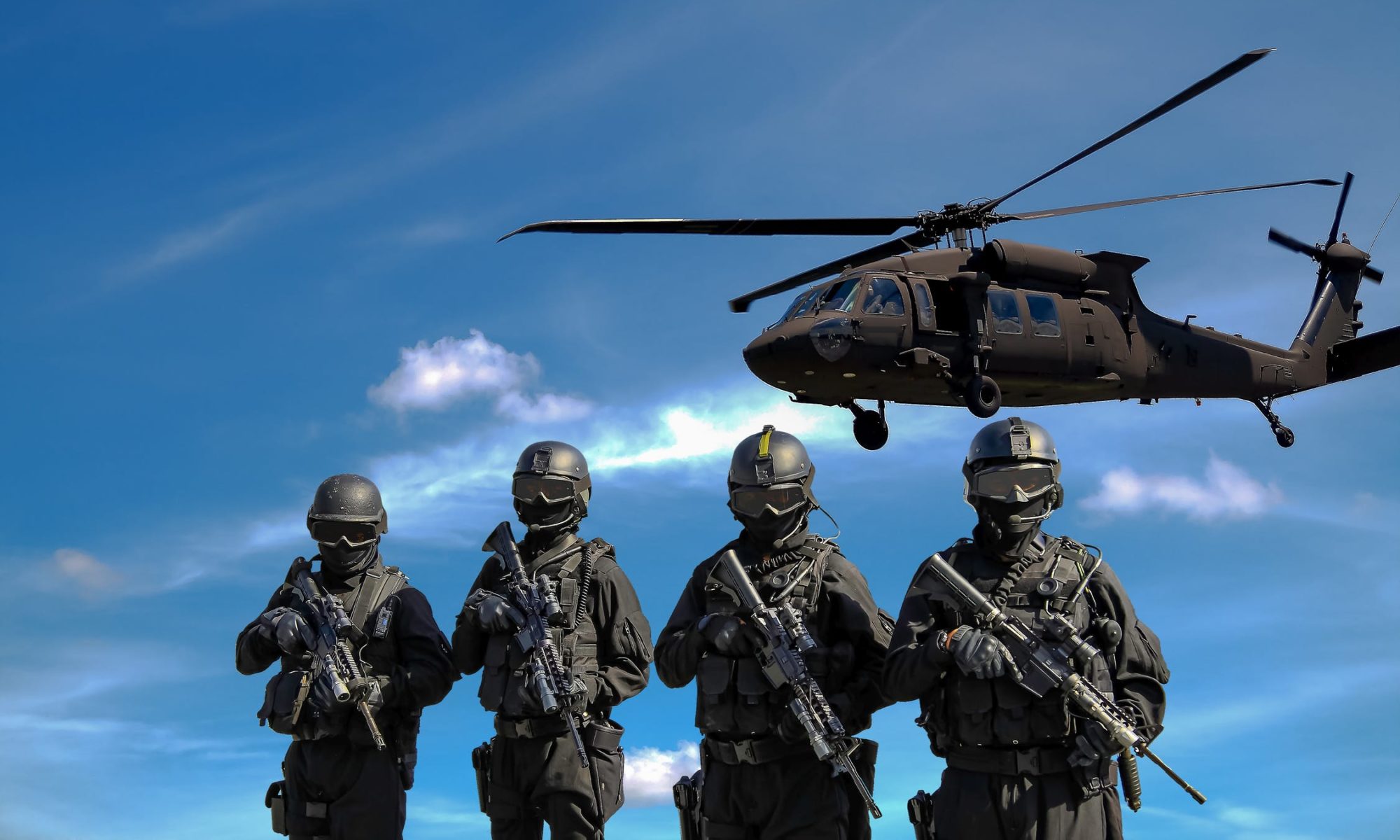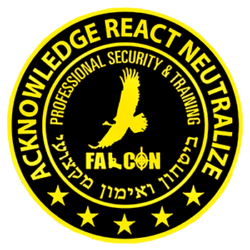
Urban Warfare Combat is a system that has been created to conduct counter-operations against terrorists, criminals, or gang members that are in urban areas.
For instance, Urban Warfare Combat is very different from typical combat in an open area because its operational and tactical level is more challenging.
Therefore, Urban Warfare Combat complicating factors include the presence of civilians and the density of the land and cityscape: trees, cars, buildings, and doors.
Furthermore, it can be also hard to distinguish civilians from bad guys such as armed militias and gangs, particularly individuals who are simply trying to protect their homes from attackers.
Therefore, the three-dimensional environment consisted of fields and buildings that can be limited by fire or smoke. For instance, it enhances concealment and covers terrorists. In addition, the below-ground infrastructure, and the ease of placement of booby traps and snipers are challenging the tactics of the operator.
Above all, this training improves combat shooting in unconventional situations for special anti-terrorist and undercover units. Therefore, this system can benefit security professionals, and armed school security officers, that wish to improve their operational means in neutralizing domestic terrorists, or threats.
Ammunition Requirements:
200 rounds of ammunition
Gear:
Semi-automatic pistol, holster, three magazines, magazine holders, belt, safety glasses, ear protection, running shoes, t-shirt, shirt, jacket, and pants
Method:
Classroom indoor and on the range
The number of attendees:
5-10
Skill Prerequisites:
For Law Enforcement, Military, and Professional Security.
Course Length:
2 Days/approximately 16 hours
Price:
$ 599.99 Per Person
Our main topics are:
-
-
- One-hand clearing and reloading techniques
- Disarming/Arresting techniques
- Techniques of combat for any environment
- Weapon safety procedures
- Draw techniques
- Change magazine
- Loading and unloading
- Jam corrections
- Closing distance to the target
- Multiple target acquisitions
- Running with the weapon
- Changing a magazine
- Clearing corners and rooms
-

